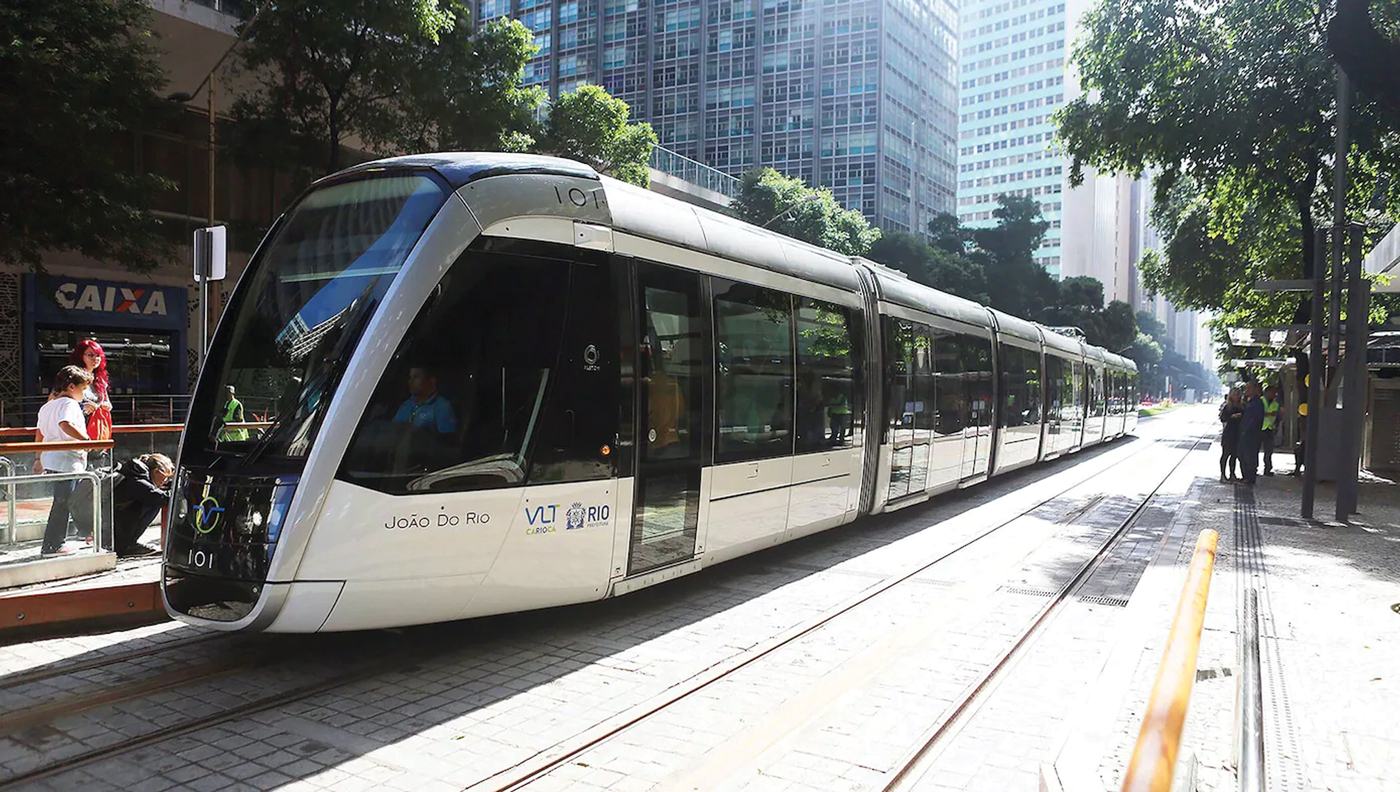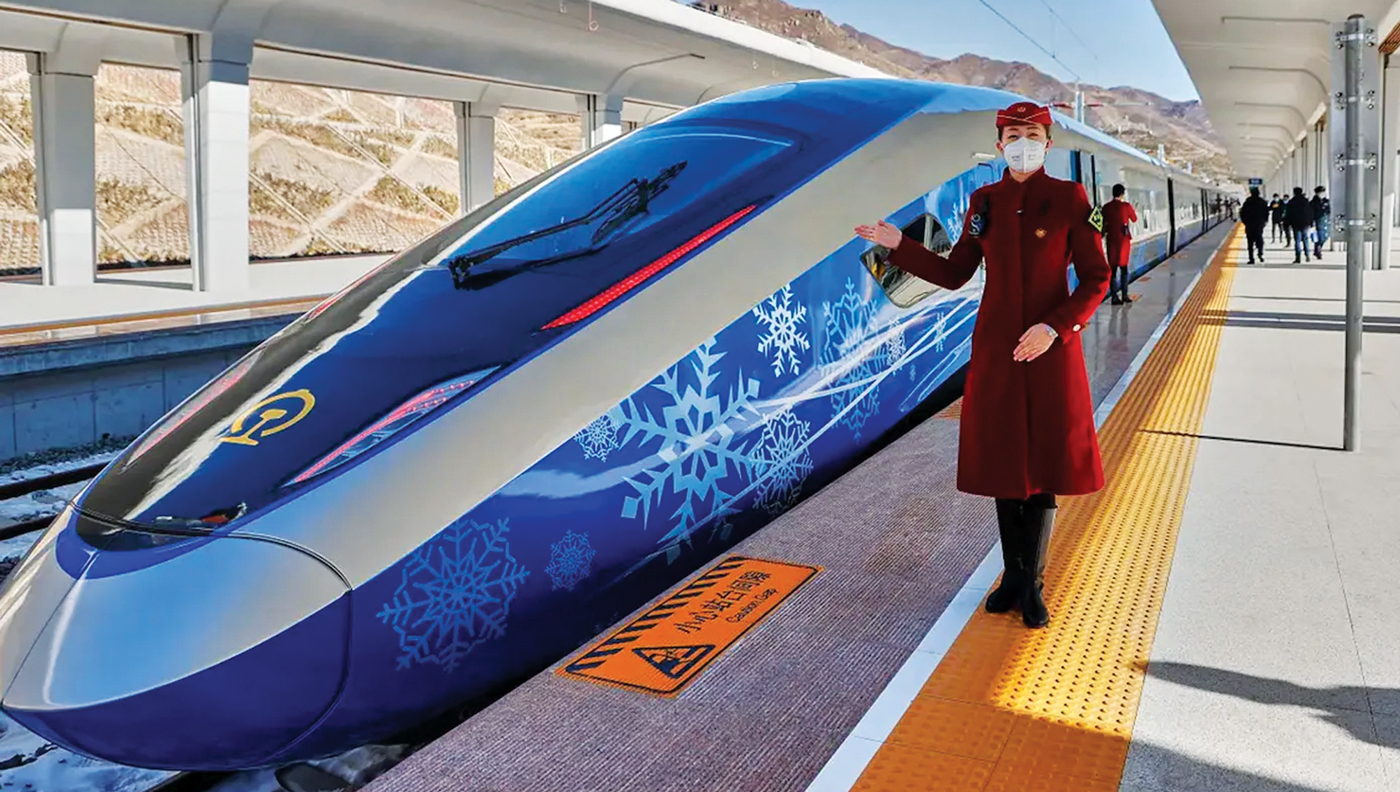Revealed: how the Olympics promotes sustainable transport
Revealed: how the Olympics promotes sustainable transport
For obvious reasons, we all associate the Olympics with great sporting achievements. But they’re also playing a role in promoting sustainable transport in host cities. Here are some examples of practical and sustainable improvements that have been achieved in recent years.
Better public transport systems enable more people to travel without cars, reducing greenhouse gas emissions and air pollution.
While transport upgrades are not required for the organisation of the Games, many past Olympic organisers have used the event as an accelerator for such developments, creating long-term, positive legacies for the hosts.
London 2012
The 2012 Olympic Games in London gave transport operators in the city an opportunity to review how services were managed and identify initiatives that could be used in day-to-day operations, or to support future events.
As part of the city’s vision, substantial investments were made in its public transport network, adding more trains, more lines, and more accessible platforms, plus a fully accessible bus network.
A decade later, the benefits are still being felt. Commuter travel times were cut by more than 50% on some services between southeast England and the European continent, while the Traffic Coordination Centre concept is still used at major London events.
The promotion of cycling and walking at London 2012, meanwhile, is still benefiting the capital’s mental and physical health, while simultaneously reducing rush hour traffic.


Rio de Janeiro 2016
For half a century before the 2016 Rio Games, Brazil’s second city had suffered from a severe lack of investment in its public transport system. The transport network was outdated, overcrowded, and unreliable.
So in 2009, when Rio won its bid to host the Games, national, state, and city authorities decided to use this as an opportunity to accelerate some much-needed upgrades to the city’s transport system. Buses were upgraded, as were trams and light rail. Improvements included 125 km of exclusive bus lanes and 125 bus stations, some 440 articulated buses, and a 16-km extension of the metro line.
At the time of the Games, the upgraded transport system allowed some 2,2 million passengers to access Olympic events. Immediately after the Games, as many as half-a-million people were using the new bus system every day. This has helped reduce travel times and carbon emissions, while bringing health and well-being benefits to the local population.
Beijing 2022
With trains able to travel at up to 350 km/h, the new high-speed railway between Beijing and Zhangjiakou was delivered in time for the 2022 Beijing Winter Olympic Games. Within a year of its launch before the Games began, the new train route connecting the three competition zones of Beijing, Yanqing, and Zhangjiakou – situated some 180 km apart – had carried more than 6,8 million passengers. It also dropped travel times between Beijing and Zhangjiakou from three hours to just 47 minutes.
But the high-speed train network was not the only transport upgrade accelerated by Beijing 2022. Upgrades were made to the Beijing-Chongli highway, while the length of roads in the Yanqing and Zhangjiakou competition areas were increased by 5,6 and 6,7% respectively. A subway line was also extended in Beijing, while intelligent bus systems made bus trips more efficient.
So, there you have it. The Olympics is about more than just sporting achievements!
Published by
Focus on Transport
focusmagsa




